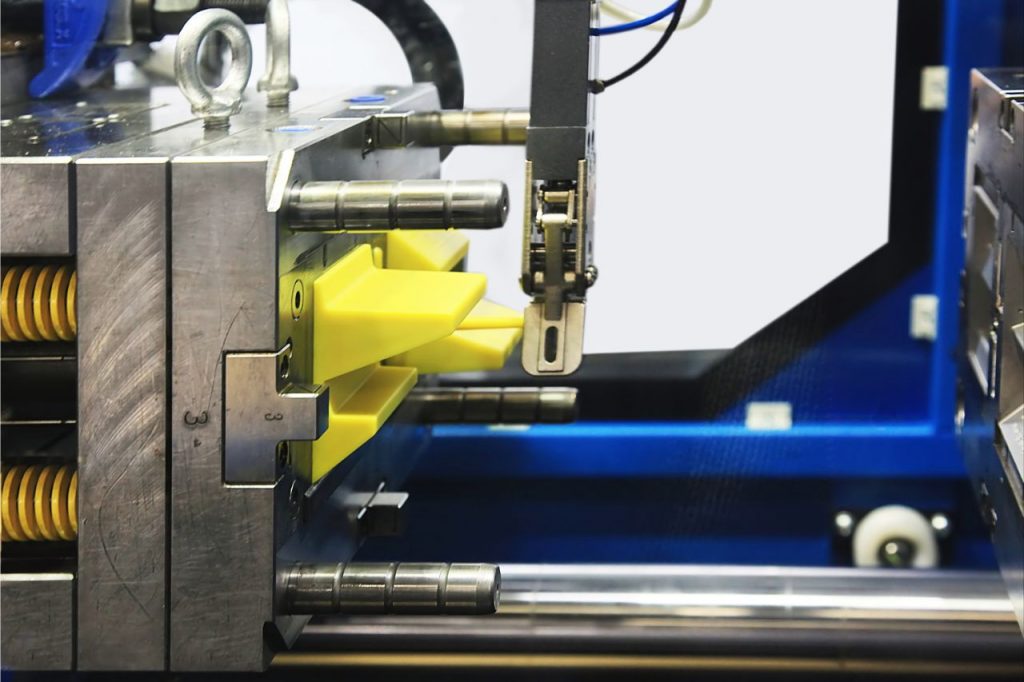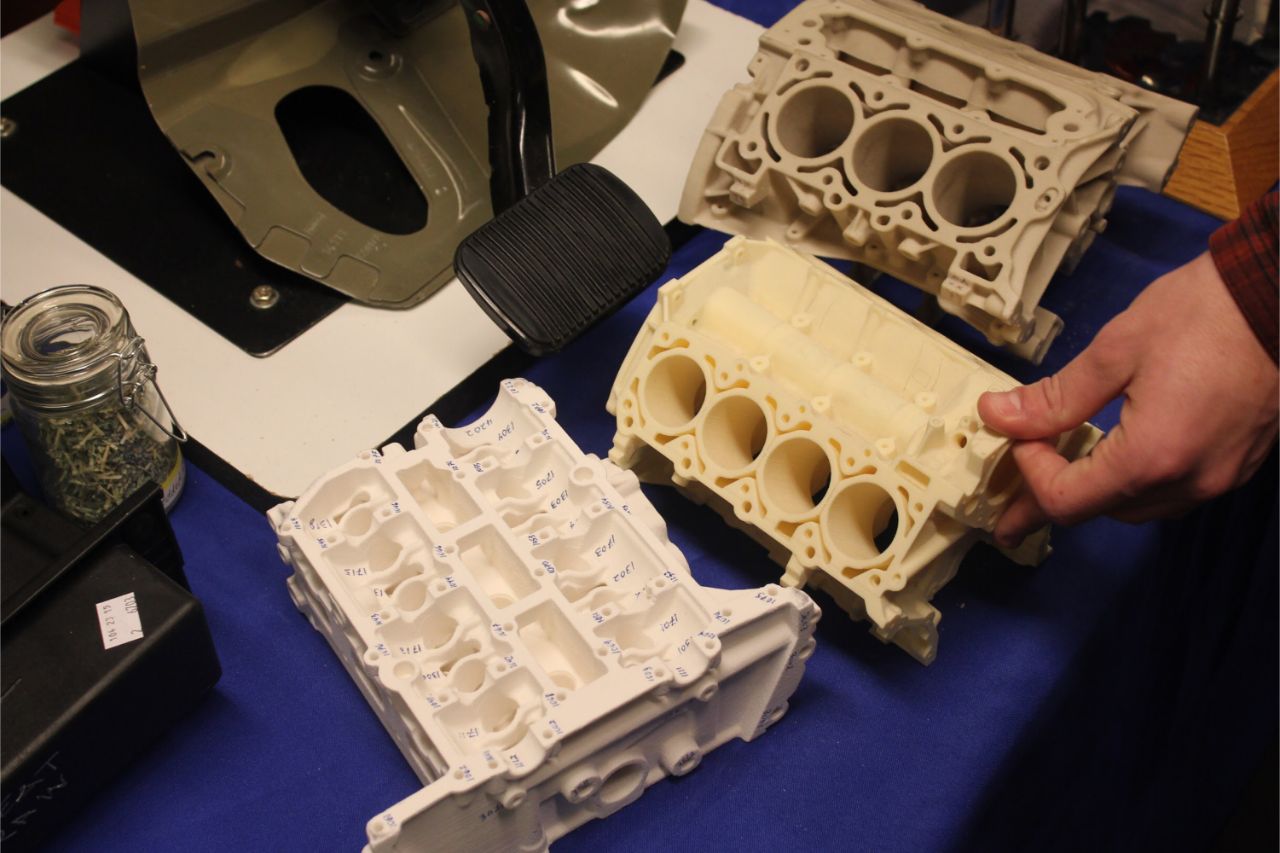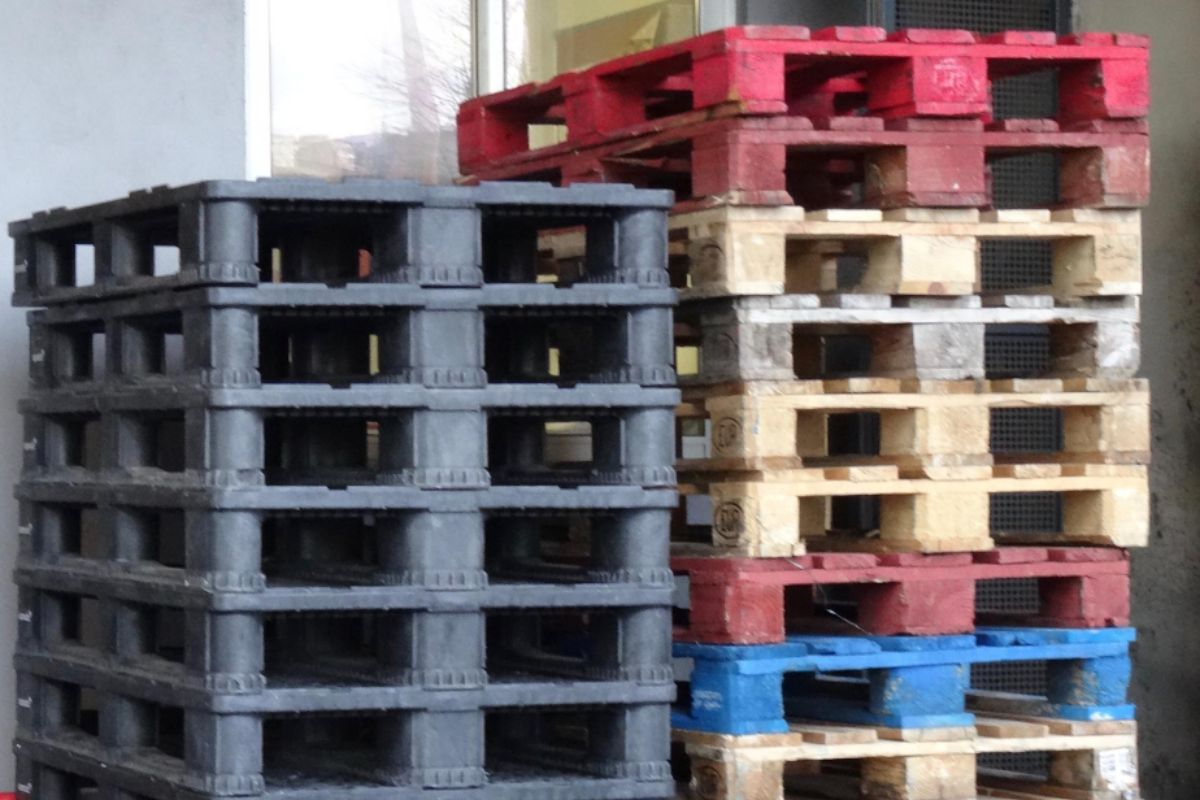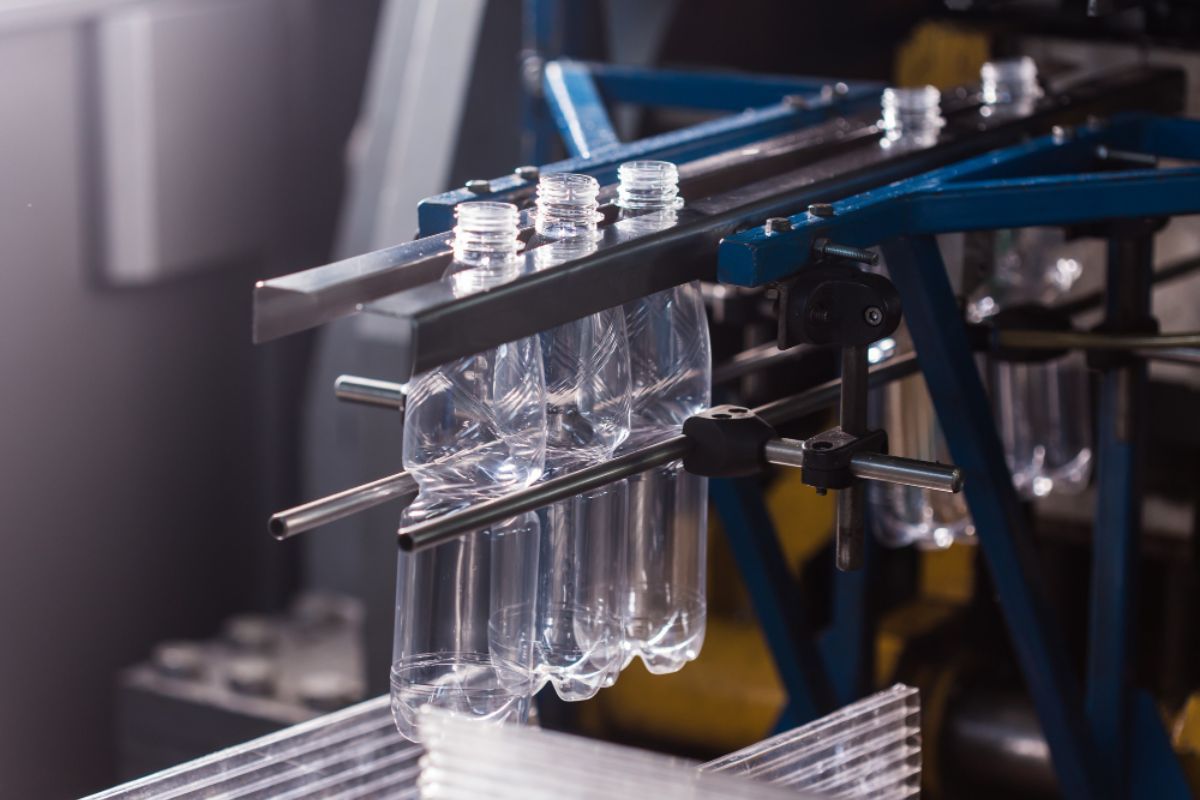What are the benefits of mold flow analysis?
- Optimize the runner system
- Predict the pattern of the fill
- Determine shrinkage rate
- Reduce lead times
Before undertaking any injection-molding or prototyping-related project, it’s important not to overlook one of the most crucial phases — mold flow analysis. Many injection molding companies or businesses that provided prototyping services in China, for example, have understood the benefits of mold flow analysis. By undertaking this, manufacturers can predict product outcomes regarding quality and functionality. As injection molding depends on the quality of the mold, tool, runner, gate system, resin, injection speed, and temperature, mold flow analysis is an important primary stage.
Mold flow analysis allows clients to set expectations regarding their mold and at the same time, enables injection molding companies to anticipate how well the entire process transpires. With this key pre-injection molding stage, companies or clients can better understand how they can optimize the runner system, adjust the fill pattern, raw materials, and identify any other injection molding-related defects. Read on to learn more.
Optimize The Runner System
In injection molds, the runner is considered to be one of the most important components. As the name suggests, this is the part of the mold wherein the plastic material or resin “runs through” or passes through when it is already flowing into the mold. Runners are already pre-cut into the mold itself and can affect how well the molten resin reacts to changes in temperature, pressure, injection molding speed, and the like.
With a mold flow analysis tool or software, manufacturers can therefore get a better sense of where the runners should be placed within the mold. Various situations can take place simply depending on runner positioning. For example, the runners can lead to uneven resins flows, especially in a multi-cavity or a high-cavitation mold. However, when the behavior of the runners is viewed through an flow analysis software, adjustments can be made in order to make the runners more geometrically balanced throughout the mold system. This will ultimately lead to reduced internal stresses and consistent flow lengths to each cavity present in the mold.
Predict The Pattern Of The Fill
Some people may have the misunderstanding that injection molding is a simple process. First, pellets of raw resin materials are placed into the machine before passing through heat chambers where these pellets are molten. After this, the molten resin is directly injected into the mold, where the resin fills all the cavities and adopts the desired shape. The resulting finished product will need only be ejected through a hydraulic clamping mechanism that’s built into the machine, without any need for post-processing.
Although the above situation is ideal, injection molding processes rarely transpire in this manner. This is due to the number of issues that can occur, regarding mold wall thickness, injection speed, and pressure.
Fortunately, a mold flow analysis helps manufacturers understand and predict the pattern of the fill. In order to avoid cases where the molten resin might freeze prematurely prior to reaching the mold cavities, manufacturers can make adjustments to the shot speed, wall thickness, or even the type of resin used for the job.
Determine The Shrinkage Rate
Manufacturing assembly parts and components with plastic demands injection mold companies to understand the rate of shrinkage of each resin they work with. Generally, all plastics that undergo variable temperature changes — i.e. from exposure to extreme heat and then rapid cooling.
Keeping this in mind, manufacturers understand that the shrinkage usually takes place during the cooling stage. As the product is allowed to be stored or distributed for end use, they also have to anticipate the rate at which the finished plastic part can further shrink — which could affect its in-service quality.
Likewise, mold flow analysis provides injection molders with a better understanding of the shrinkage rate. Software can be used to determine shrinkage rate for all kinds of plastics, be it thermoplastics or thermosets, depending on the raw material used. Combined with this, the manufacturer may also choose, depending on a chart, on a different resin type that they could use (preferably one that doesn’t shrink rapidly). Having alternatives regarding the type of raw material is beneficial for both client and customer, as it can drastically improve product tolerances.
Reduce Lead Times
In any type of manufacturing, the lead time is defined as the period it takes to finalize a process from beginning until the end. When understood in the context of injection molding, the lead time is the time measured between the injection molding phase until market distribution.
As much as possible, injection molders need to have an optimal lead time not only to satisfy their customers, but also accommodate high-volume market distribution of crucial plastic assembly parts. Several factors also affect the lead time. For example, the presence of injection molding defects can increase this process, which can delay the distribution stage.
Having said that, a mold flow analysis tool is also influential in reducing the lead time for all injection molding activities. By being able to identify potential defects and issues early on, even prior to injection molding, they can reduce any post-processing activities. This greatly reduces the lead time and overall leads to better manufacturing outcomes.
Key Takeaway
In this guide, you’ve learned about some of the most crucial benefits of mold flow analysis for clients and businesses that provide prototyping services in China, or any other location. With this tool, injection molding firms are essentially given a birds-eye view of every factor that can affect the injection molding process. With this knowledge, they can use the tool to identify any visual defects or impairments in the product, allowing them to strategize on changes they can make to improve the molded plastic.
Ready to partner with a company for any injection molded product? Richfields Plastics guarantees that all of their injection molding activities begin with the mold flow analysis step. Click here to learn more! You may also contact us for more information on how we achieve tight tolerances for your finished parts.












